Oxfordshire Mind’s Physical Activity team are offering a weekly ‘virtual walk’ this week the team are visiting the Scottish Highlands:
Welcome to our walk today, around the banks of a mysterious loch deep in the Scottish Highlands. You won’t have heard of this loch, and it doesn’t appear on any maps. It’s one of Scotland’s best-kept secrets.
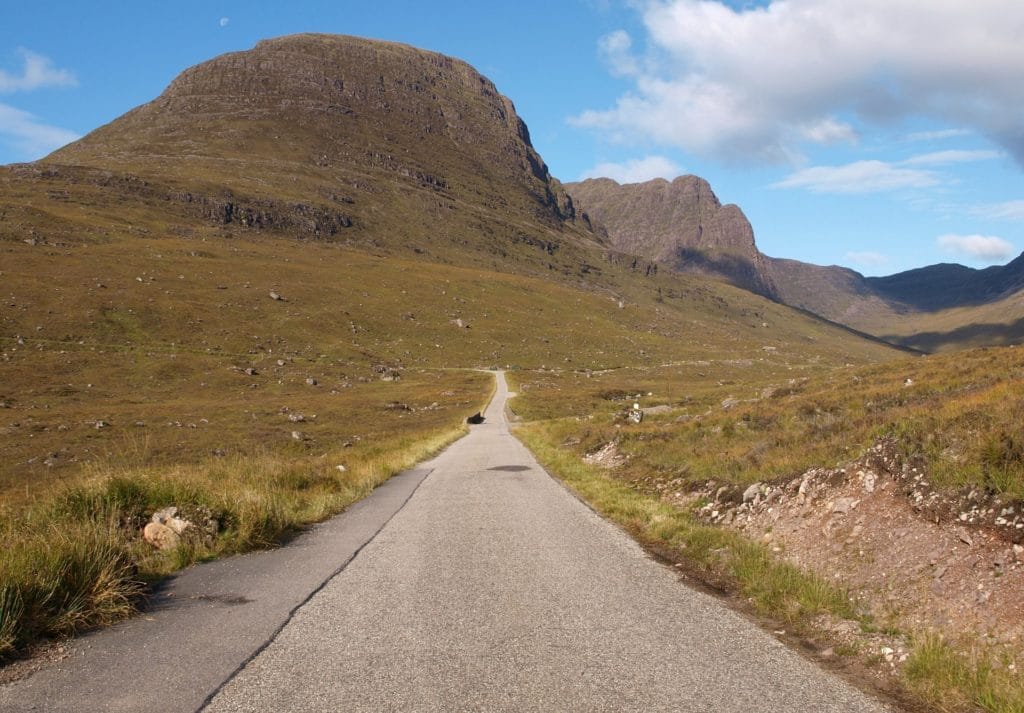
To get here, you will have had to drive for a couple of hours from the nearest town, along winding mountain roads, until you came to a tiny little track that takes you over the pass and down into the glen. It’s easy to miss. Some people even swear that the turning disappears from time to time.
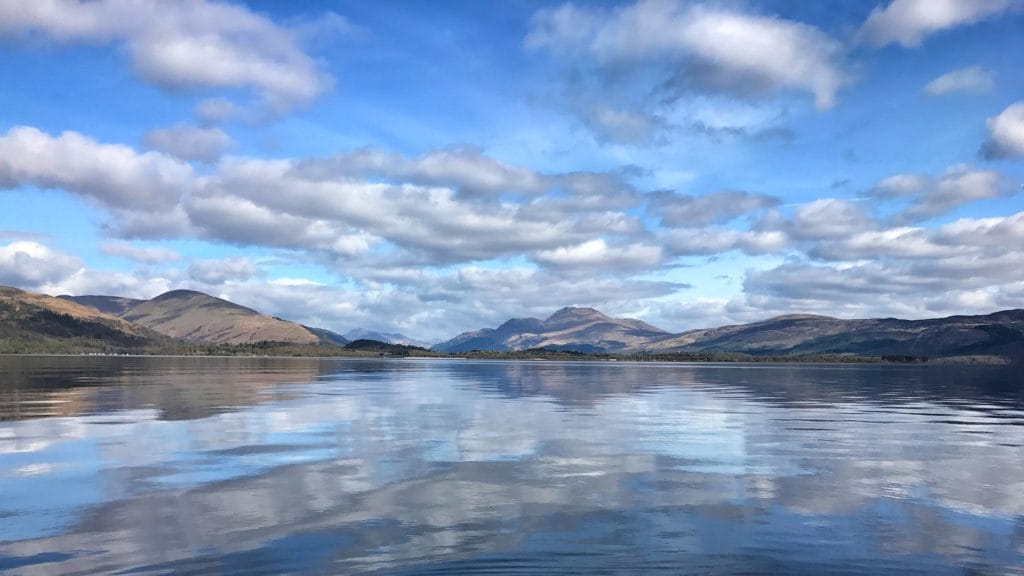
We are starting our walk in the village at the head of the valley, a tiny cluster of stone cottages, home to no more than a hundred people. From here you get a great view along the whole length of the loch with its backdrop of mountains. The loch’s waters are so deep and so still they appear almost black from a distance, and the surface is as smooth as a pane of glass, so that the peaks that surround it are reflected in a perfect mirror image.
That view is never the same from day to day or even hour to hour, but is always shifting and changing. You can watch the progression of the seasons in the changing colour of the vegetation on those hills– purple in August when the heather blooms, russet and gold in the autumn, and bright white in the winter when the entire valley is blanketed in snow.
Today it’s a bright, crisp autumn day, with only a few stray clouds chasing each other rapidly across the sky. Let’s begin to stroll along the shore of the loch, which is littered with little grey pebbles that shift under our feet as we walk. You can pick up a few to skip across the surface of the water, if you like. It’s fun to watch how the ripples spread further and further out until they disappear into nothing. It’s not long before the loch returns to its customary stillness, as calm and unruffled as it had been before.
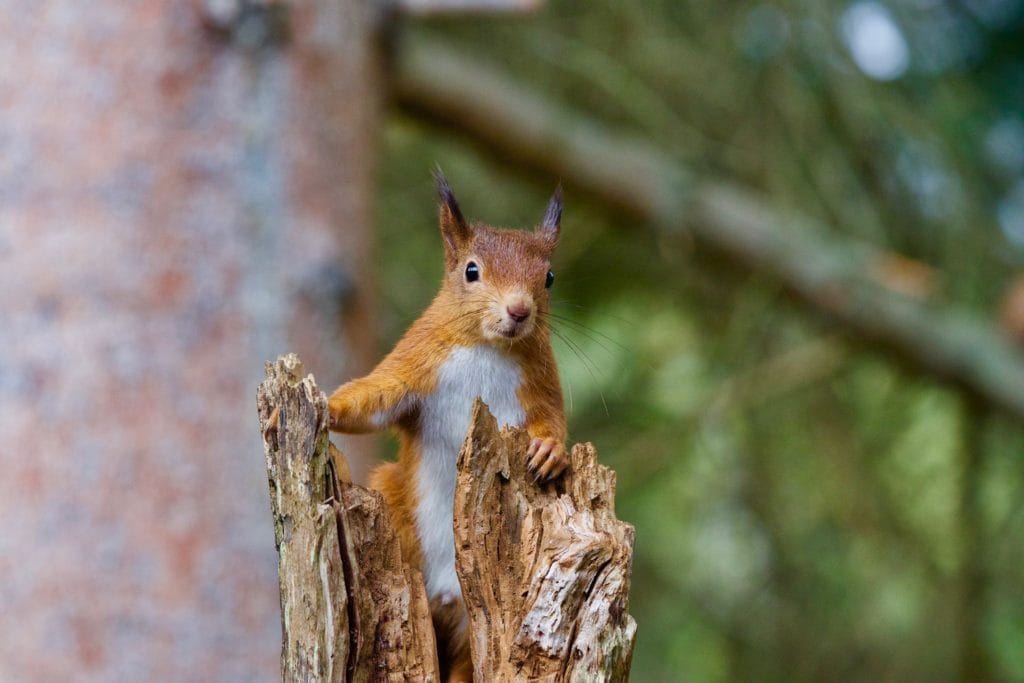
You’ll also notice a couple of pine trees along this part of the water’s edge, remnants of a time when forest still covered most of the highlands and wolves still roamed the land. Their needles add a pleasant scent to the air. And look! There’s a red squirrel jumping from branch to branch. They’re a rare sight in the rest of the UK, where they’ve been replaced by the bigger, more aggressive greys, but here they frolic undisturbed, just as they have for centuries.
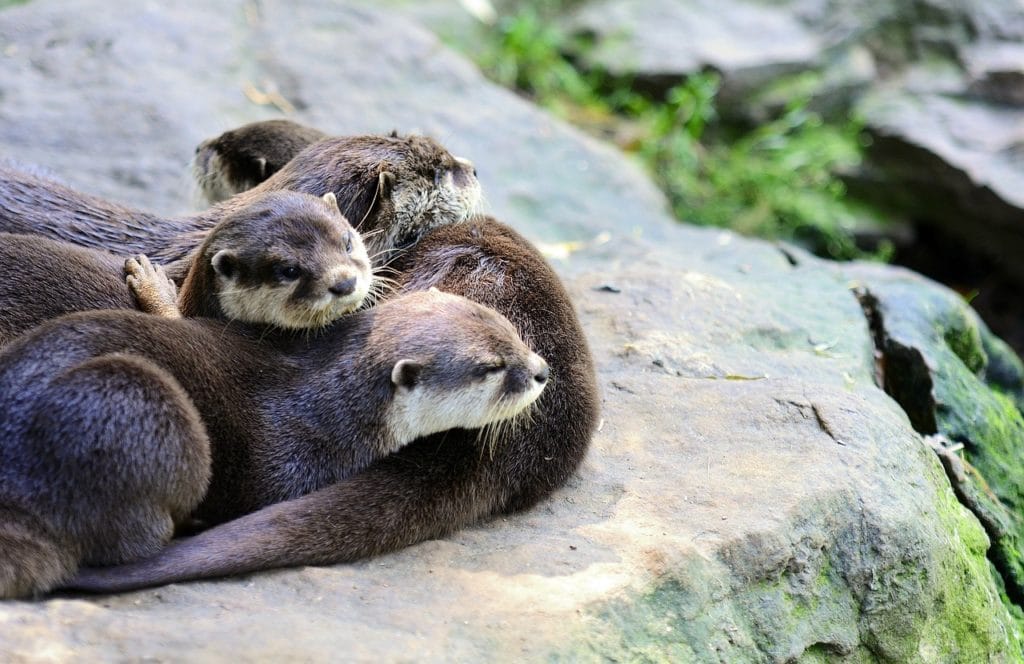
Otters also live in the loch’s clear, unpolluted waters, and this gently sloping section of the bank is one of their favourite spots. I saw a family of them, last time I came here– two adults and a whole litter of pups. They all peered at me with curious expressions in their bright little eyes before running away, slipping back into the water with a barely detectable splash.
Once we get around this bend here, we’ll be able to get a good view of the ruined castle on the island in the centre of the loch. Once upon a time, the lady of these lands, Agnes Drummond , single-handedly defended that castle against the English. Now, though, the castle’s walls can barely hold off the few stray goats that roam the island, picking at the overgrown grass, let alone an invading army.
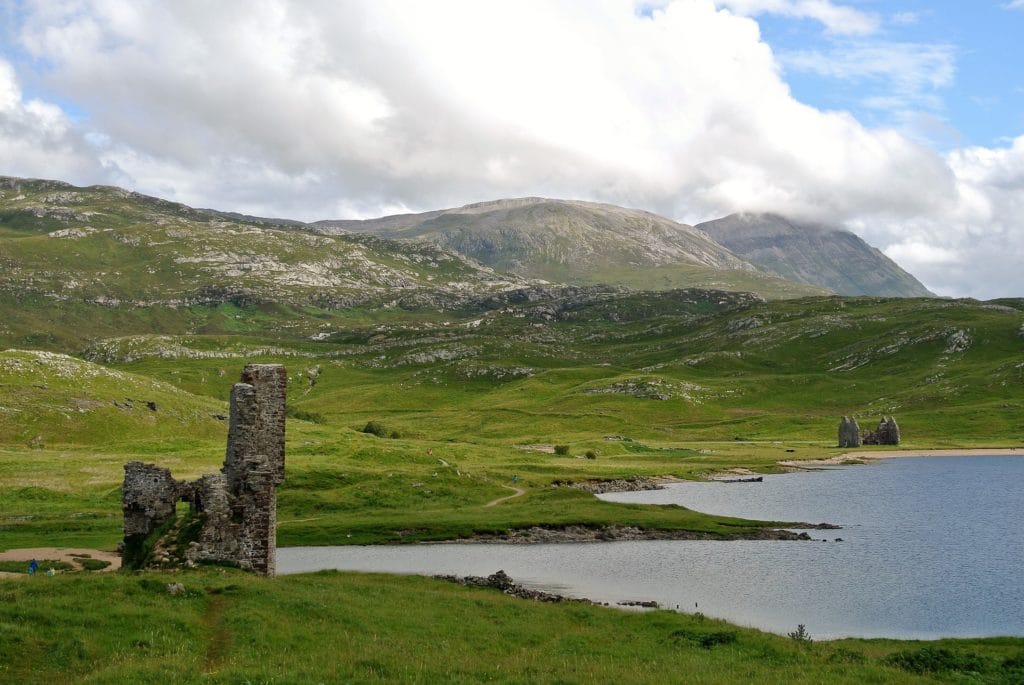
There’s a tiny little wooden jetty sticking out on this bank of the loch, directly opposite the castle. As we watch a little fishing boat draws up alongside, and a woman disembarks with a jaunty hop, giving us a friendly wave as she begins tying up the boat.
Jennie MacDonald is quite the local character. She lives alone in that little stone cottage over there, a good couple of miles away from the rest of the village, and makes a living by ferrying tourists out to the castle in her boat. Today, as she does every day, she’s wearing wellies and an oversized jumper, and a slightly misshapen woolen cap pulled low over her short hair. It looks suspiciously like it might have been knitted for her, and it must have been by someone special, because she rarely takes it off, even in the height of summer. Her family have lived on the banks of this loch for generations. She knows all the old stories, which her grandmother told to her when she was a girl.
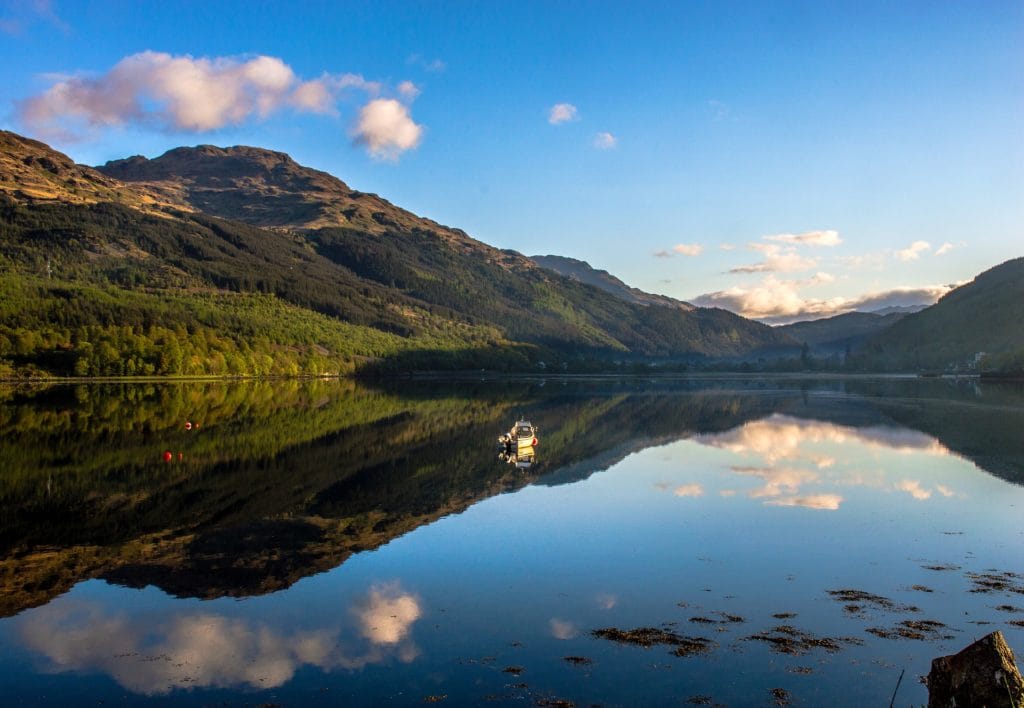
Like the legend of the water-horse, the mythical beastie that supposedly haunts the loch. A water-horse will try to lure young people into the water where it will take them to its underwater lair and gobble them up. Jennie swears she saw the water horse once as a girl. Apparently she was walking on the banks of the loch at dusk and spotted a huge head rearing up out of the water, with great sharp teeth and flashing, fiery eyes. But then again, Jennie says a lot of things, always with the same mischievous grin and knowing twinkle in her eye, so you’re never quite certain whether she’s serious or just trying to pull your leg.
Let’s continue our circuit of the loch, and start making our way back towards the village along the opposite bank. Hear that? That roar? Red deer are roaming the slopes above us, and they must be close by. Look up! As we watch, a stag comes into view at the top of the ridge, and stands there for a moment, head raised proudly, horns silhouetted against the sky.
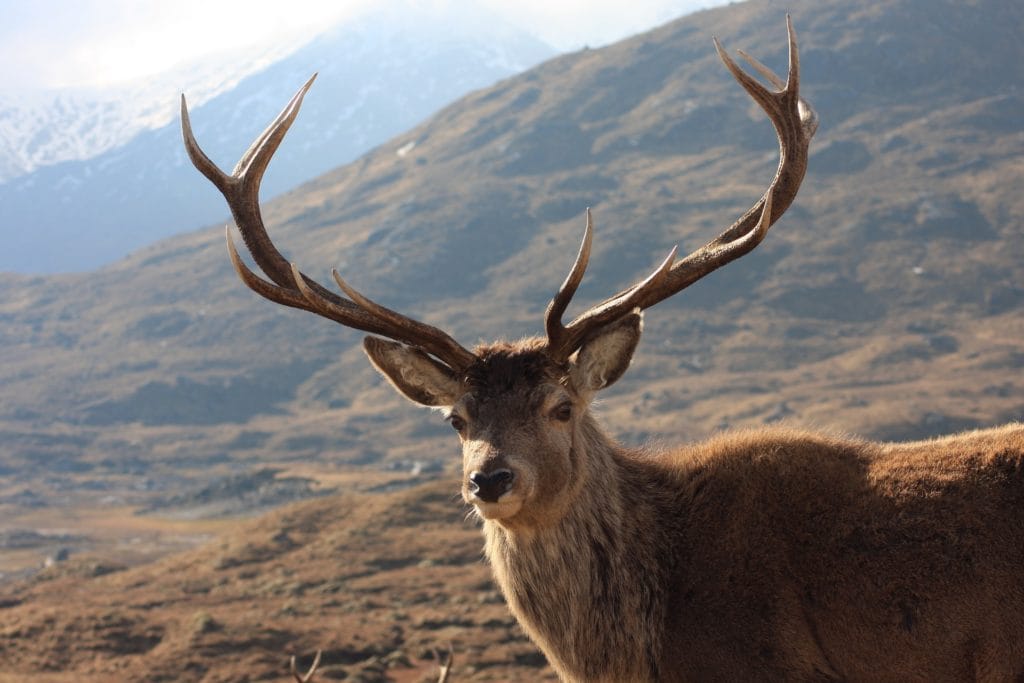
Weather changes quickly in the highlands, and even though it’s been a beautiful day up till now, all of a sudden dark clouds have rolled in, seemingly out of nowhere. It’s lucky we’re nearly back at the village, because I’m certain I just felt a drop of rain on my hand. The houses have all switched their lights on, even though it’s still the middle of the afternoon, and they’re twinkling at us invitingly as we hurry along the final section of the path.
Here we are, back at the cottage where we were staying- and just in the nick of time, because the heavens are really starting to open now, and bitterly cold rain is coming down in sheets. Definitely a good moment to duck inside for a nice, warm cup of tea. I hope you’ve enjoyed our wander through this little-known, scenic glen today. Stay safe out there this week, and see you again soon for another walk!


